incl. VAT plus shipping costs
Immediate delivery, express possible ![]()
More than 20 Articles in stock
Delivery only innh. Germany and Austria possible.
Switch to the German store
- Item no: 7158
Fast delivery times
All products are in stock with us!14 years of breeding experience
Let our team of experts advise you!High customer satisfaction
from over 3,000 reviews "| Water values: | soft to medium hard |
| Aquarium size: | 100 l (approx. 80cm) |
| Temperature: | 25-30 °C |
| Feature: | interesting brood care |
| with fish?: | Yes, with peaceful fish |
| Fish group: | Cichlids |
| Visual effect: | Forms territories (when spawning) |
| Diet: | carnivore - meat eater |
| Pelvic region: | Below |
| Breeding: | medium |
| Origin: | South America |
| Planting possible?: | Yes |
| with snails/shells?: | Yes |
| Final size: | 4-8 cm |
| Difficulty: | 1 - Simple |
| Behavior: | Normal |
| with large crabs?: | No |
| with dwarf crabs?: | No |
| with shrimps?: | Socialization not possible |
| with crabs?: | No |
The beautifully brightly colored Red Cockatoo Dwarf Cichlid Apistogramma cacatuoides "red" belongs to the cichlids from South America. The easy to keep cockatoo dwarf cichlid is a traditional aquarium fish, which is bred in different color varieties. In the red color form, the fins are bright bright red in color and have a fine black line pattern. The basic body color is gray, with a blurred black mid-length stripe that begins at the eye and extends to the base of the caudal fin. The belly is yellow in color. On the head, the red cockatoo dwarf cichlid has fine shimmering turquoise spots. Cockatoo dwarf cichlids reach a length of up to 7 cm. Females are slightly smaller and more inconspicuous than males. Males have a longer extended caudal fin with a tip at the top and bottom. Weak, low-ranking males "disguise" themselves as females as long as strong rivals are nearby.
In the wild, the Cockatoo Dwarf Cichlid lives in pools and sluggish flowing waters with clear water over a leaf-covered aquatic substrate. In the aquarium, the red cockatoo dwarf cichlid also likes a dark substrate and some foliage. Plenty of hiding places, including caves, are necessary for these pretty little cichlids to feel comfortable. Apostogramma cacatuoides likes to have some swimming space in the center of the aquarium, while the edges may be well planted.
Red Cockatoo Dwarf Cichlids, as one of the few South American cichlid species, can be kept not only in soft water, but also in somewhat harder water . A pH of 6 to 8 is within reason, a pH of 7-8 is recommended. Water temperatures between 24-29 °C are ideal. Apistogramma cacatuoides "red" need clean water with as low an organic load as possible. Regular water changes are mandatory for successful care of the red cockatoo dwarf cichlid, as well as a high performance filter.
The Red Cockatoo Cichlid can be beautifully socialized with surface-oriented tetras and other ornamental fish that primarily swim on the water surface, as well as with catfish. Dwarf shrimps belong to the natural food of the Cockatoo Dwarf Cichlid, it eats very gladly small crustaceans. The best way to keep Apistogramma cacatuoides "red" is as a pair or in a harem: A male is ideally kept with 4-6 females in an aquarium with an edge length of 100 cm or more. The females take then each a breeding area of approx. 30x40 cm size. They need here also each an own cave. The male guards all these breeding territories and his females. Red Cockatoo Dwarf Cichlids reach approximately 3 years of age in the aquarium.
The attractive Red Cockatoo Dwarf Cichlid is not difficult to breed. Apistogramma cacatuoides breeds hidden in caves where the female lays her clutch. There the eggs are guarded and cared for. The male guards the cave and prevents predators from snatching the eggs. The baby cichlids hatch after only 2 days. After only 5 days they swim free. The female still looks after the young fish and keeps them in her breeding territory. The young Red Cockatoo Dwarf Cichlids feed initially on infusoria and then also on artemia euplii, copepods and microworms.
The red cockatoo dwarf cichlid feeds on Live food, freeze-dried food or also from Frozen food. Special food for carnivorous cichlids such as our NatureHolic Cichlidfeed developed specifically for these ornamental fish is suitable. These cichlids do not go to plants.
Our feed recommendation: The NatureHolic Cichfeed has a grain size of 1.5 mm and is therefore also suitable for larger fish. The NH Cichfeed is a soft granulate for mainly carnivorous fish. It has the same consistency as small crustaceans and insect larvae that fish naturally eat, and the soft granules protect the fish's mouth from micro-injuries that can result from hard feed granules.
Our plant recommendation: Use for planting NatureHolic InVitros. These are free of snails, planarians and other unwanted co-inhabitants. Also free of algae spores, bacteria and fungi.
Expert Tip: We recommend for fish keeping the NatureHolic 3 Phase Liquid. The care set offers the best all-round protection for your animals. It ensures optimal conditions for successful breeding and keeping.
| Scientific name | Apistogramma cacatuoides "red" |
| German Name: | Red cockatoo dwarf cichlid, cockatoo dwarf cichlid "red" |
| Difficulty level: | for beginners |
| Origin/Distribution: | South America |
| Coloration: | Male gray with blurred longitudinal black stripe down the middle of the body, beginning at the mouth and extending into the caudal fin, yellow belly. Fins bright red with black stripe pattern, caudal fin bipinnately extended, faint light blue stripes on head. Females paler overall, caudal fin more rounded. |
| Age expectancy | approx. 3 years |
| Water parameters: | GH 8 to 12, KH 3 to 8, pH 6 to 8, temperature 24 to 29 °C |
| Tank size: | from 100 cm for a small group of one male and several females |
| Food | Carnivorous, needs animal food: frozen and live food, and special food for carnivorous cichlids |
| Breeding | easy |
| Behavior | territorial |
| Group size | paired or harem: a group size of one male with 4-6 females |
| Further information | Ten typical aquarium fish for beginners and alternatives to them, Tips for acclimating fish to the aquarium, Feeding aquarium fish properly - cheap food and what it can do |
- Item no: 7158
- EAN No.: 7427061494938
Entdecke die Garnelio Welt!
Garnelio gehört zu den größten Onlineshops für wirbellose Aquarientiere weltweit.
Viele Artikel gibt es exklusiv nur bei uns im Shop.

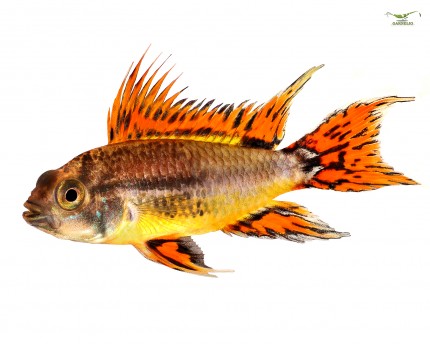

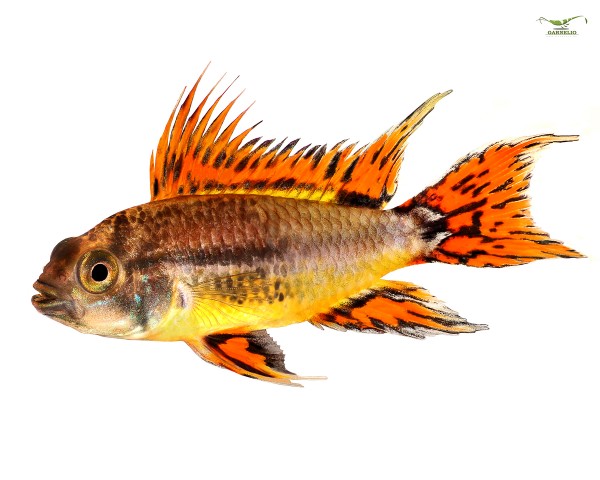

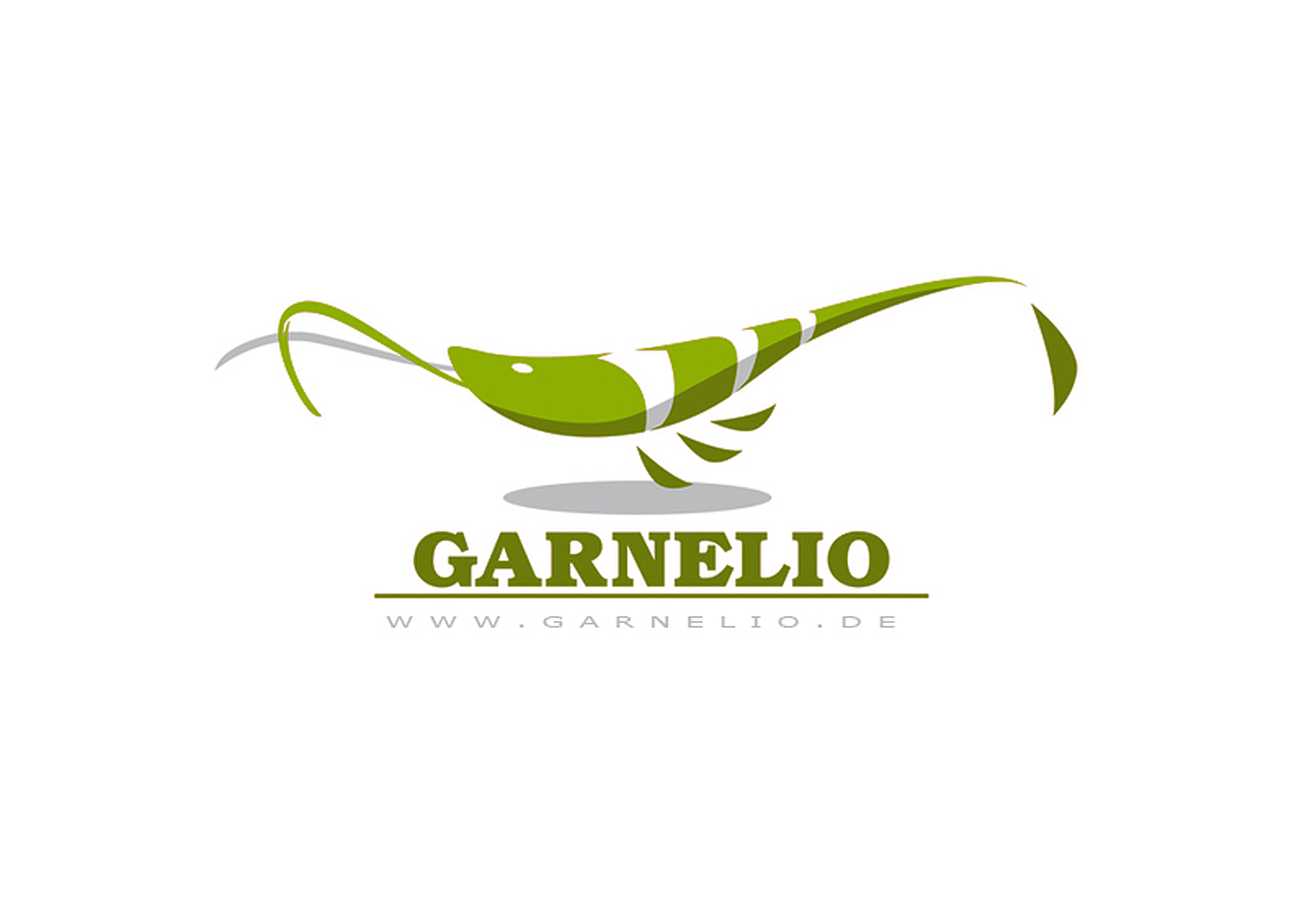
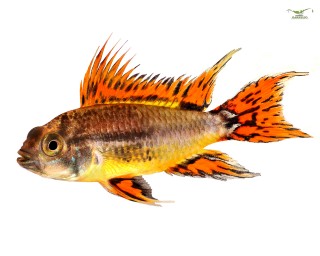
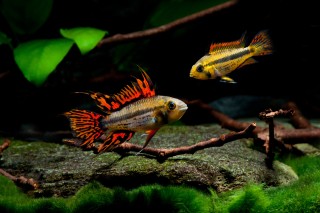
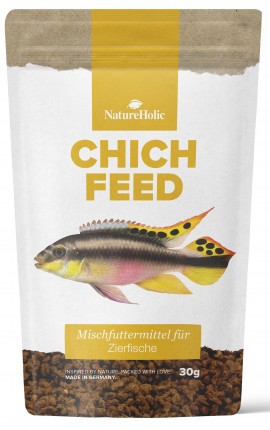
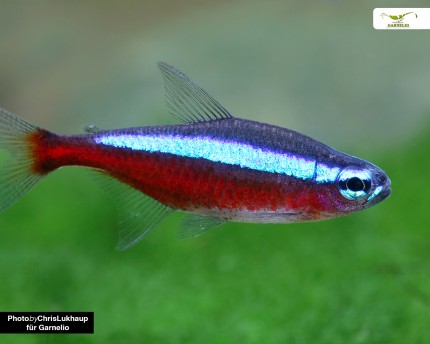

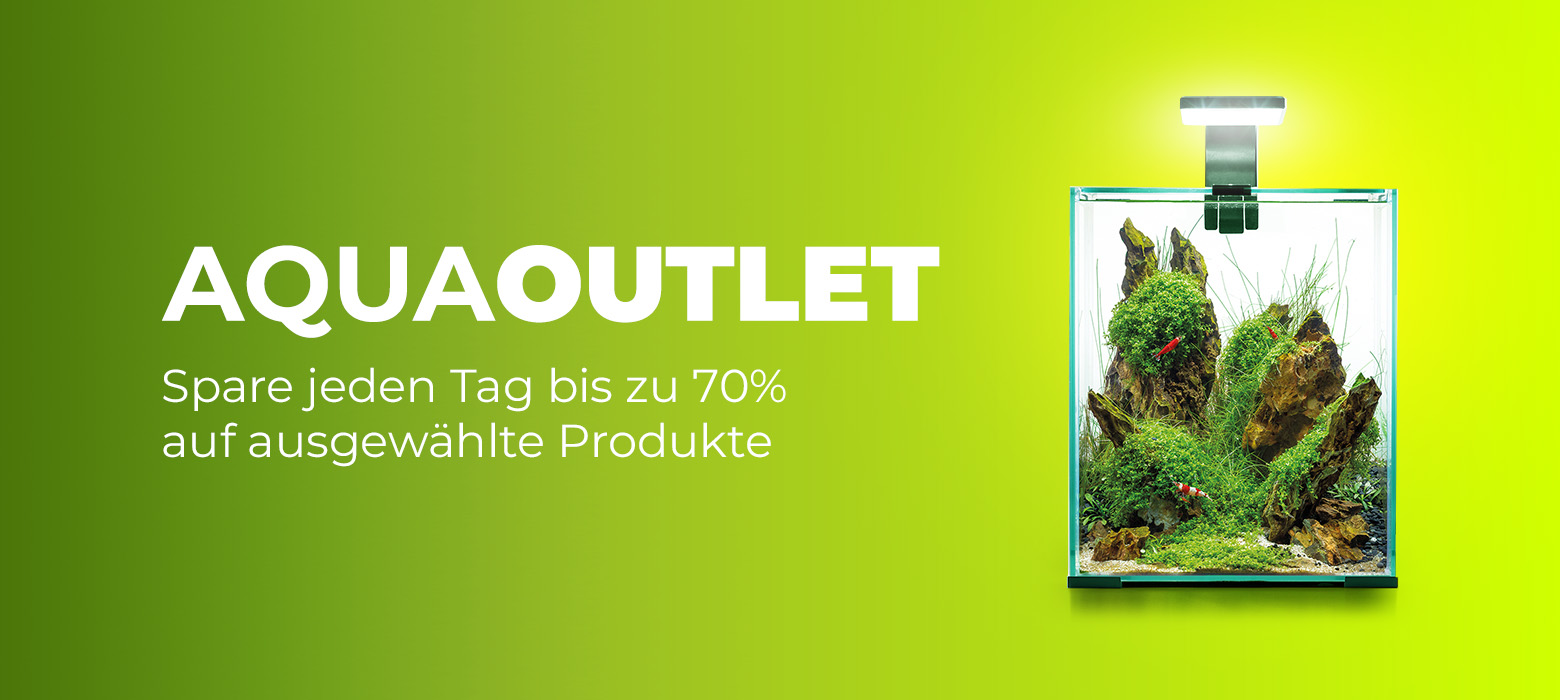
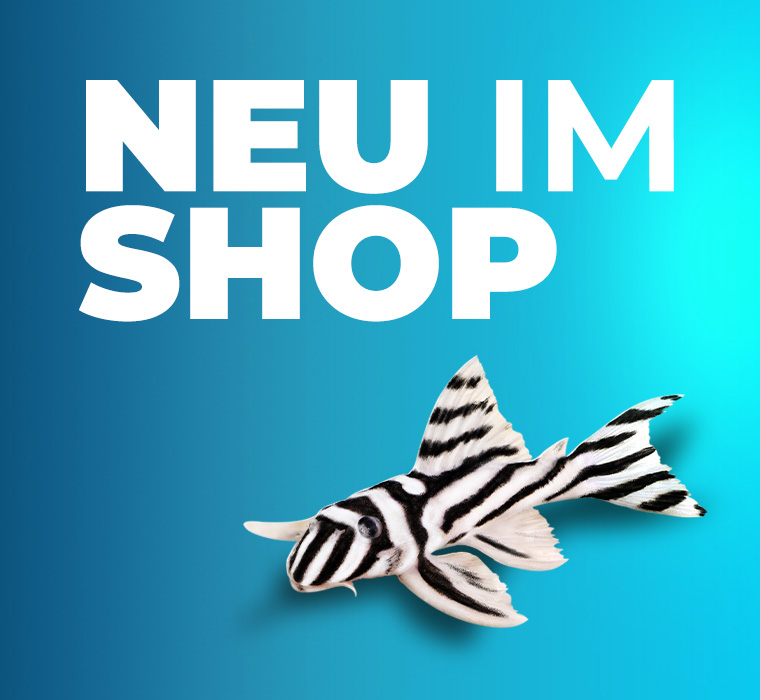
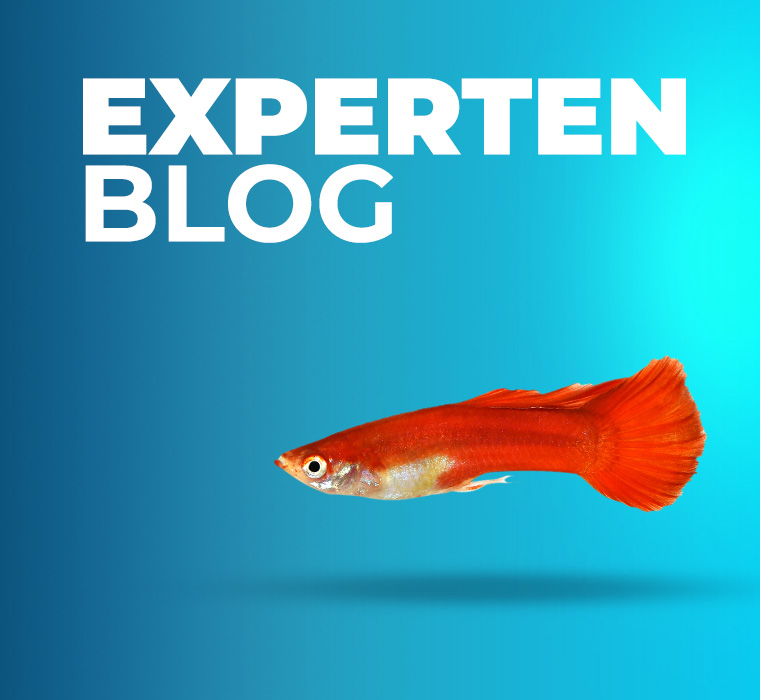

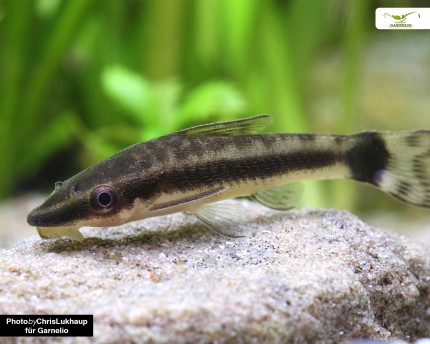
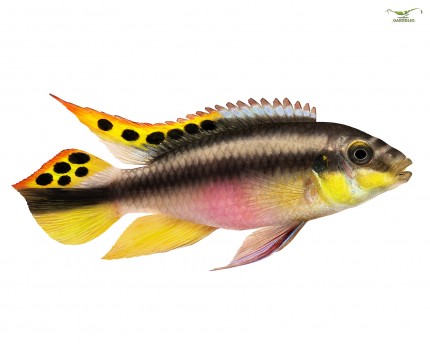
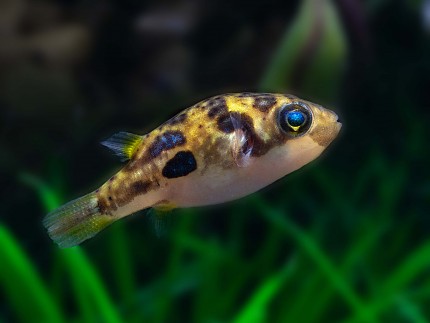
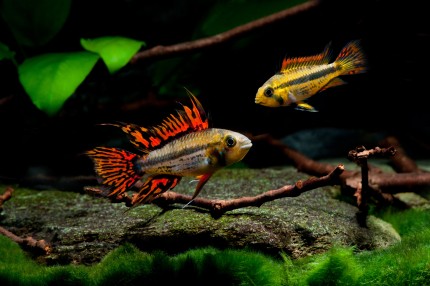
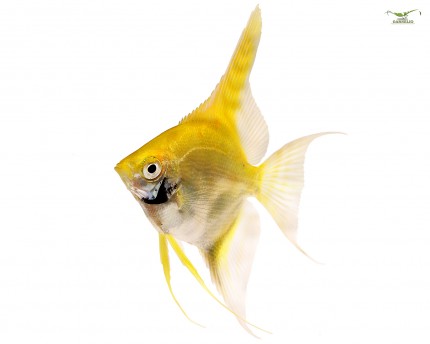
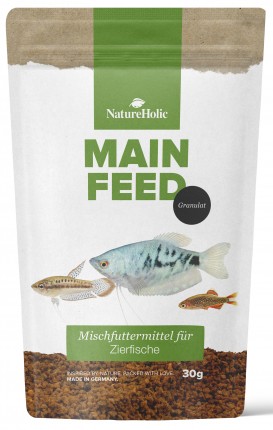
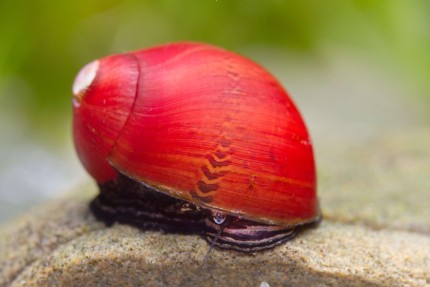
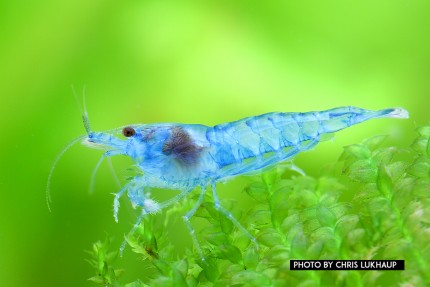
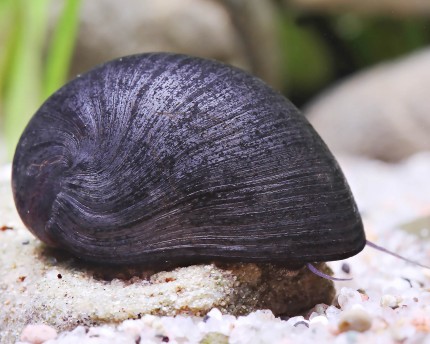
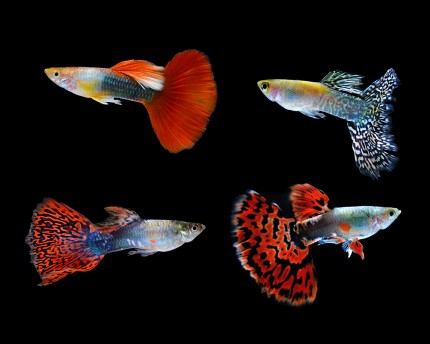
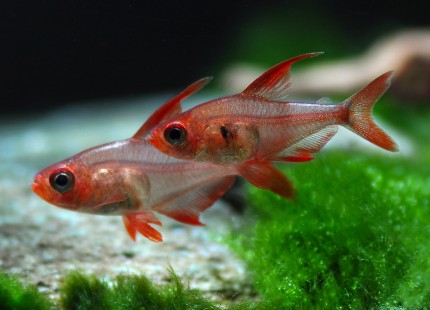
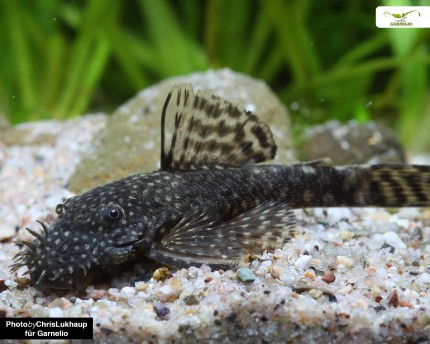
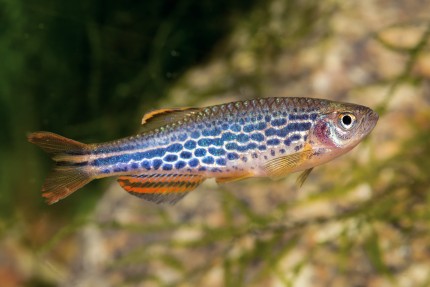
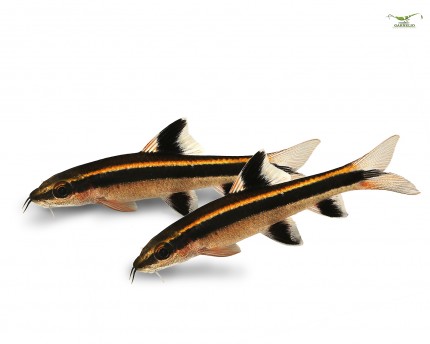
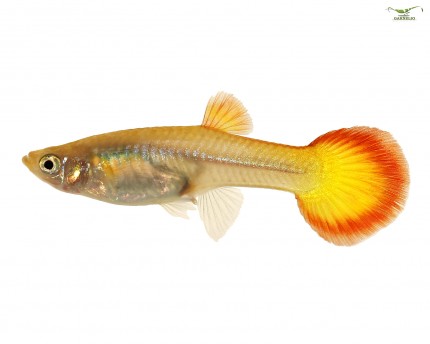
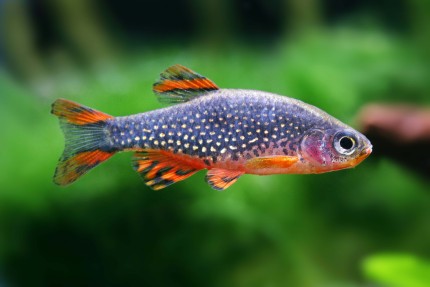
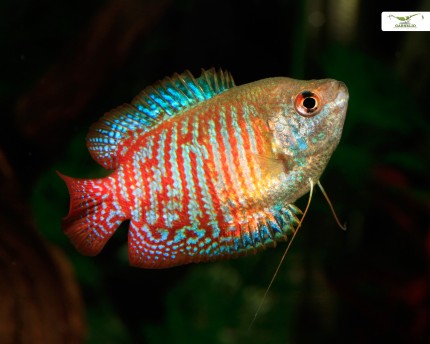
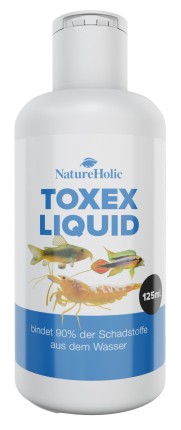
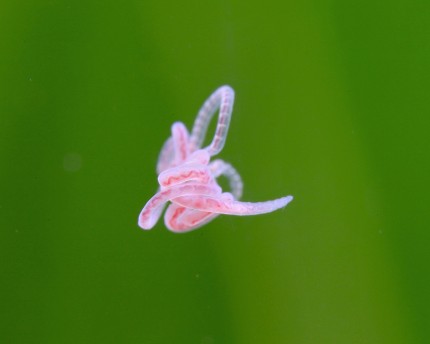
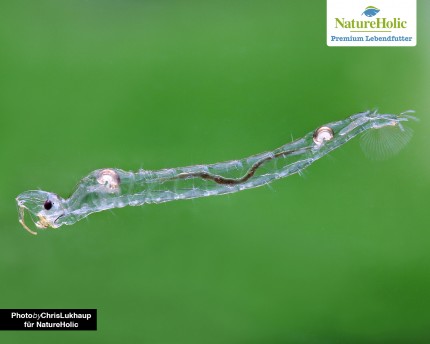
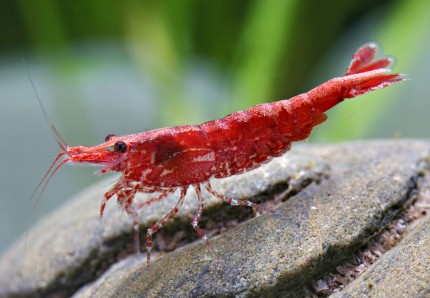
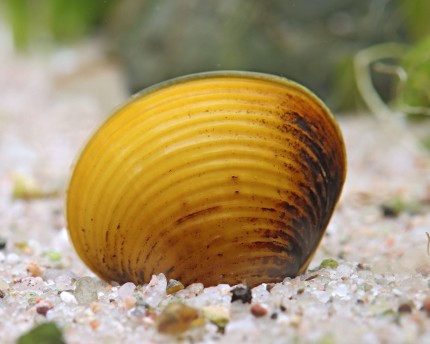
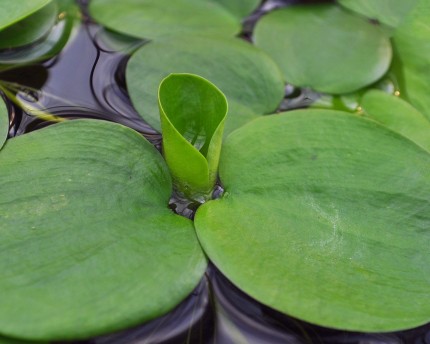
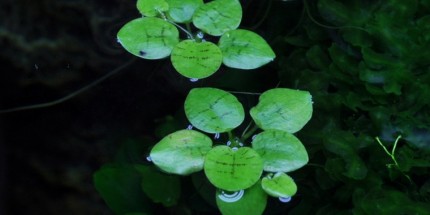
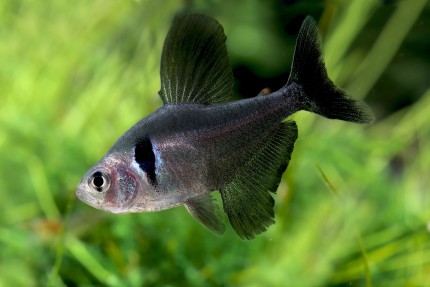
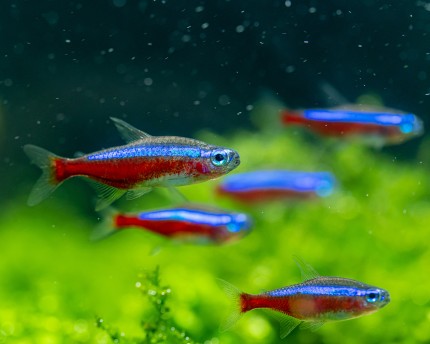
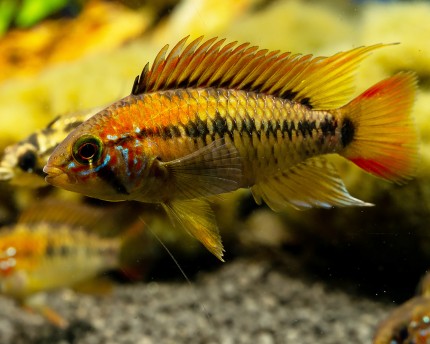
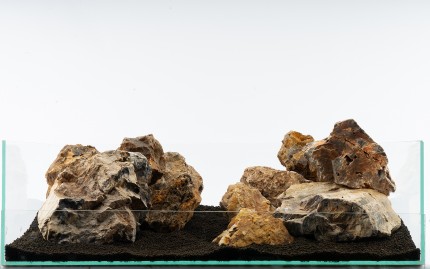
The fields marked with * are required.
I have taken note of the privacy policy.